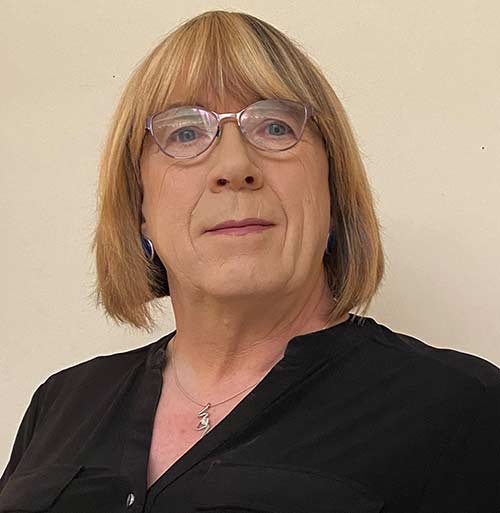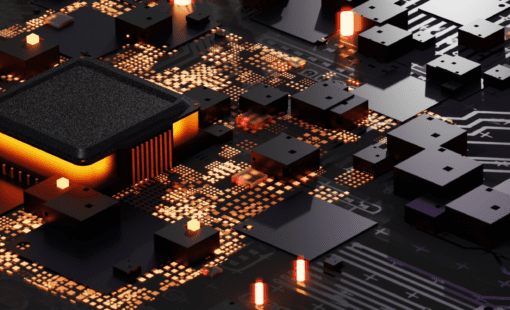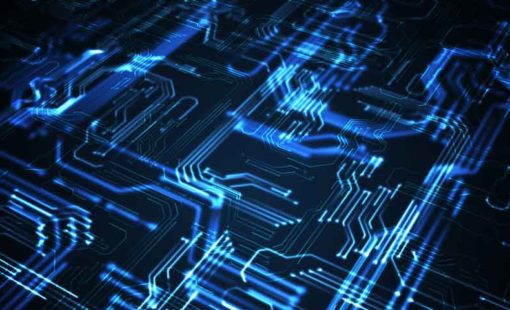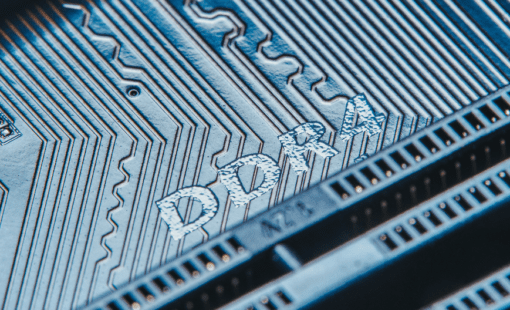I’m going to be talking about S-Parameters, but before I dive into the details let me gently introduce you and put it all in a bit of context.
So here goes. Mainstream high-speed PCB design has generally followed in the slipstream of RF and microwave engineering. This is often out of necessity, as techniques have been simplified and made applicable to wider use. For example, IBIS models that describe input/output behaviour without revealing internal design details are published for most high-speed integrated circuits.
And we all know double data rate memory has become the de facto standard for PC-based designs. This has turned the design of every board that uses it into a high-speed electronic engineering exercise – often involving system-level and multi-board interconnect.
For high-speed differential channels, such as USB, signal-enhancing components such as common-mode filters are often involved. At today’s bit rates, simple RLC models of such components do not fit the bill, but neither do models that require deep analysis of the physical structures. What is needed is a technique that, as in IBIS, reveals the minimum amount of information about the internal structure while describing the interface sufficiently to simulate it accurately at frequencies into the multi-Gigahertz range.
Luckily, such a technique is ready and waiting: S-Parameters. For the purpose of simplicity, I’ll limit all the discussion to two-port networks.
What are S-Parameters?
Let’s start with a definition.
S-Parameters are Scattering Parameters: they describe how derivatives of a wave arriving at a circuit network port are scattered to all of the ports, including the one at which the wave arrived. Each S-Parameter names the port to which the wave is scattered first, followed by the port from which it has been scattered. S21, therefore, is the S-Parameter for the wave scattered to Port 2 from Port 1, representing the transformation in terms of both magnitude and phase.
Let me show you an example to illustrate what I mean. S-Parameters are used in high-frequency electronics circuits, but first, imagine that you wanted to describe the behaviour of a lens as shown in Figure 1. This is useful because in the lens, as in high-speed circuits, we are concerned with both transmission and reflection, and the lens is easier to visualise.
The behaviour of a lens
At high frequencies, the behaviour of a lens is analogous to that of a high-speed circuit such as a filter. You could analyse the physical properties in detail to predict the transmission and reflection of light at various frequencies. But this is a complex task, and if you failed to take account of more subtle effects, your result might not be accurate.
An alternative approach would be to treat the lens as a black box and merely measure its behaviour at various frequencies.
Let a1 and a2 be the incident waves on the left-hand (Port 1) and right-hand (Port 2) sides of the lens respectively.
At each individual frequency, we need to know:
- The amplitude and phase shift of light transmitted from Port 1 to Port 2. Let S21 represent this transformation so that the output at Port 2 given input a1 at Port 1 is S21a1.
- The amplitude and phase of light reflected from Port 1 for input a1. Let S11 represent this transformation so that the reflection at Port 1 is S11a1.
- The same information as in 1), but for light transmitted from port 2 to port 1 (S12a2).
- The same information as in 2), but for light reflected from port 2 (S22a2).
Scattering Parameters in a two-port network
Okay, time for a short video. This is a two-port network – it could be a connector or a filter – and this is what happens to a sine wave at just one frequency, described as Scattering Parameters. An S-Parameter model contains a set of parameters for a large number of frequencies that cover the frequency content of a fast digital signal.
At Port 1 and Port 2, the final results (b1 and b2 respectively) are the sum of the transmitted and reflected waves, so that, expressed in matrix form:
The items in the matrices include magnitude and phase and can be expressed either as complex numbers or as magnitude and phase angle.
Like visible light, digital electronic signals contain a range of frequencies at various amplitudes and phase angles. If we know S11, S12, S21 and S22 for a range of frequencies within the limits of operation, we have the means to simulate a circuit such as a filter without the need to know the internal structure and making no assumptions that might affect simulation accuracy.
S21 is the forward voltage transmission coefficient because if you multiply the incident AC voltage at Port 1 by S21, you get the voltage transmitted to Port 2.
S11 is the input voltage reflection coefficient because if you multiply the incident AC voltage at Port 1 by S11, you get the voltage reflected from Port 1.
See part 2 which details how to measure scattering parameters and simulate with S-Parameter models. You can also find out about what technology from Zuken supports this, please go to the CR-5000 Lightning web pages.
Related Content
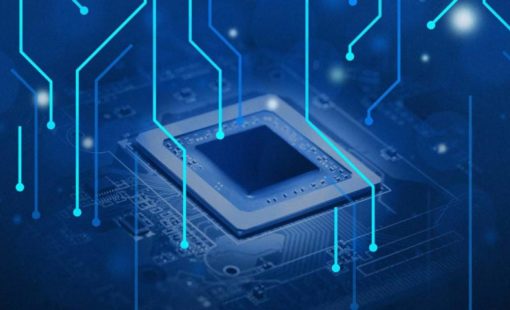
- Products
CR-8000 umfasst eine Suite von Anwendungen, die den gesamten Lebenszyklus des PCB Engineerings abdecken.

- Blog
Previously I introduced you to the concept of S-Parameters, and now I’m going to explain a bit more about measuring them and simulating with S-Parameter models.

